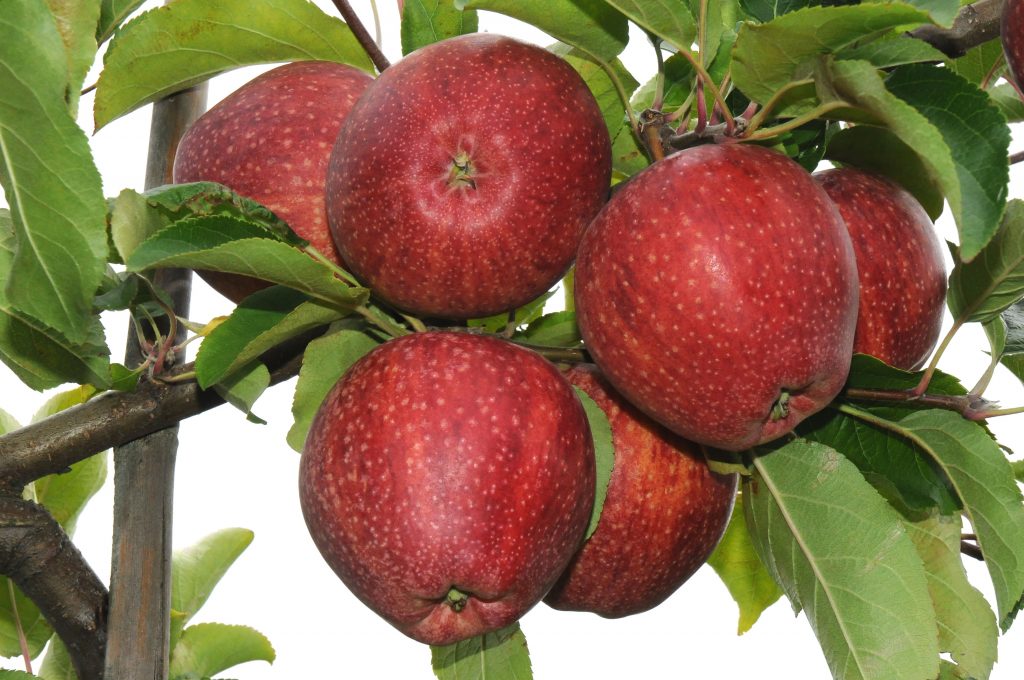Weather hits Southern Hemisphere apple crops
Poor weather has led to forecasts of Southern Hemisphere apple and pear crops being revised downwards. In New Zealand, Cyclone Gabrielle took out more than 20% of the forecast volume, while in South Africa, hailstorms hit key production areas and brought down the average fruit size, and in Australia, there was flooding and hail in some growing areas.
According to the World Apple and Pear Association (WAPA), the combined volume of apples across Argentina, Australia, Brazil, Chile, New Zealand, and South Africa is now expected to be just 2.38% higher than last year at 4.97m tons. An earlier forecast had this season’s total crop up 6%.
New Zealand’s apple crop forecast has been revised downward to 457,675 tons, 9% lower than in 2022. South Africa’s forecast is now 1.14m tons, down 5% from last year, while Australia is set for an 8% drop this year to 290,000 tons. Chile remains the hemisphere’s largest producer with just under 1.41m tons, which is similar to the 2022 level. Brazil’s crop of 1.15m tons is 12% up on 2022, while Argentina’s production should reach 525,000 tons (+24% y-o-y).
Gala remains by far the most widely grown variety, and its production is expected to increase by 4% compared with last season.
In terms of exports, WAPA projects a 3% drop to below 1.56m tons. Chile remains the largest exporter (604,000 tons), followed by South Africa (509,158 tons), which is set to export 10% less this season. Exports from New Zealand (286,823 tons) and Australia (2,687 tons) are also predicted to fall, by 15% and 1% respectively. In contrast, Brazil (70,000 tons) and Argentina (84,000 tons) are set to experience an increase on last year’s exports.



